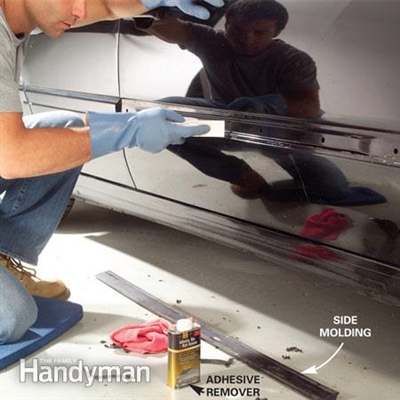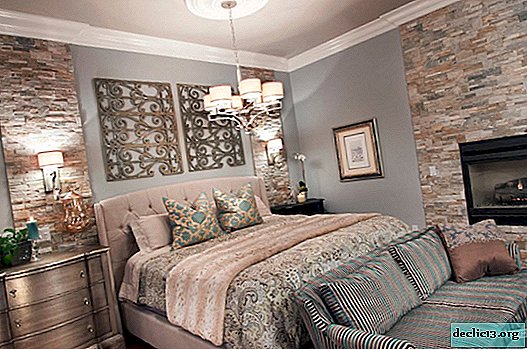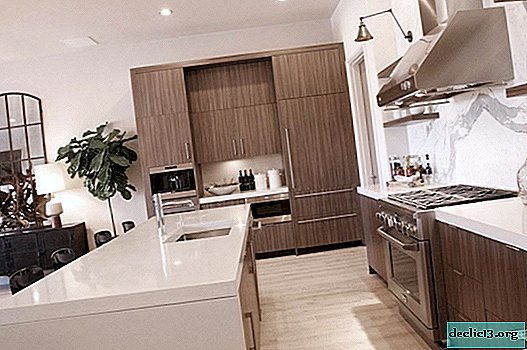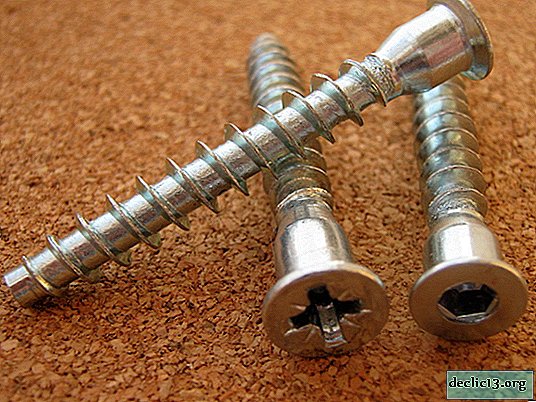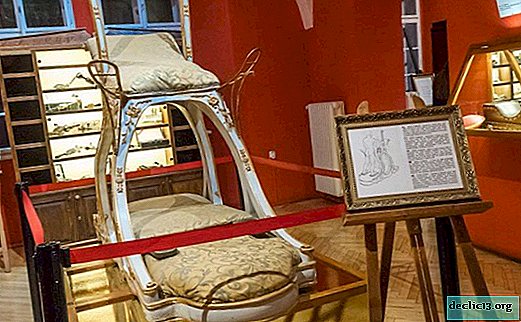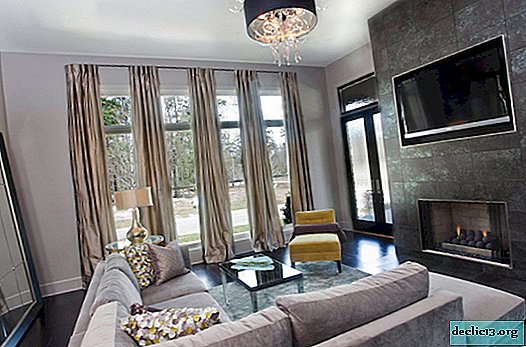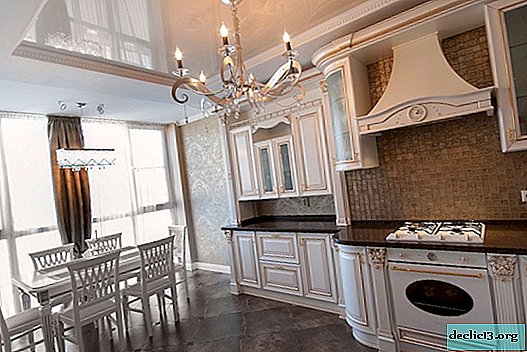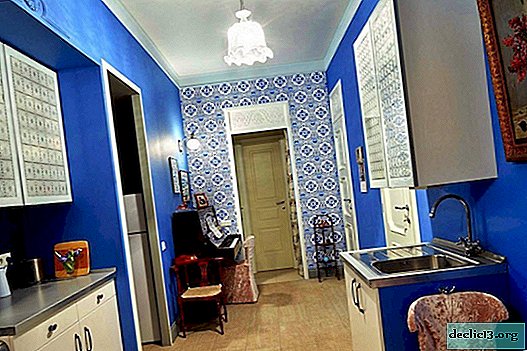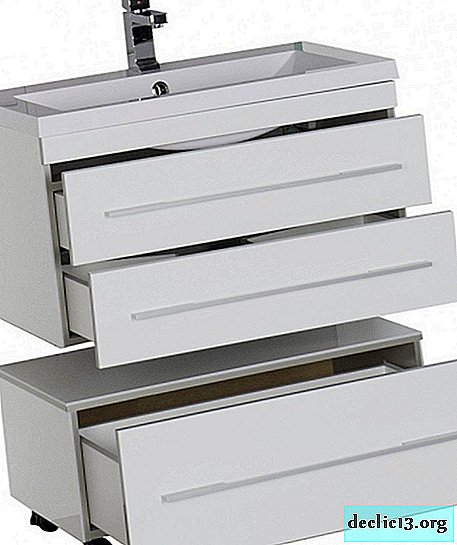What are mortise furniture switches, the nuances of choice
The space inside and around furniture often requires additional lighting. But in addition to the lamps themselves, a device is needed that will regulate their operation. For these purposes, the furniture cut-in switch is best suited, but, choosing the appropriate mechanism, you need to be able to assess in advance the degree of its convenience, how harmoniously it fits into the general situation.
Purpose and features
The light switch is a special device that allows you to close and open contacts, thus exerting an effect on the electrical circuit, which may include one to several electrical appliances. Built-in furniture switches protrude slightly above the surface surrounding them (the structure is "recessed" into the wall). That is why they are often used in sliding wardrobes, cabinets for bathrooms and kitchens made of standard materials. Such devices provide illumination of the furniture itself, as well as decorative elements. But if lighting requires chrome furniture, then with the installation of mortise models, some difficulties may arise.
Mortise switches can be used to regulate the operation of several types of lamps:
- incandescent;
- energy saving;
- luminescent;
- halogen (rated for voltage of 12, 24 and 220 V);
- LED (separate and combined into tapes).
In addition, the mortise switch has several undeniable advantages:
- comfortable use associated with the maximum isolation of the mechanism case from temperature effects and moisture;
- original appearance;
- the possibility of continuous operation.
However, troubleshooting possible problems in the device itself and the power supply network can often be associated with certain difficulties (this is due to the specifics of installation).
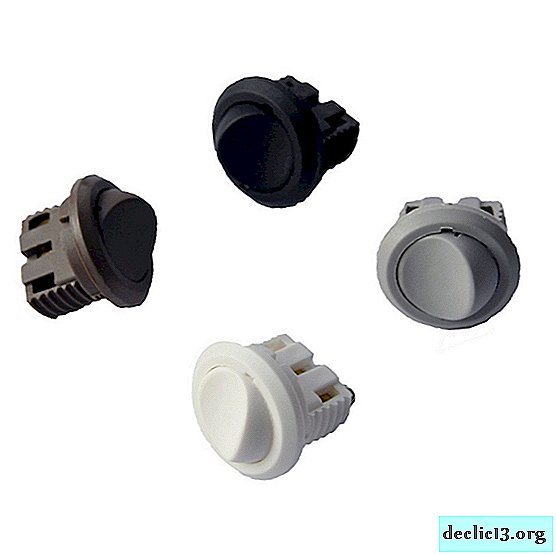


Varieties
There are two main types of switches for furniture lighting:
- mechanical;
- electronic.
Mechanical
To turn the light on or off, a mechanical action is required. This is a classic way to close and open the circuit, which is familiar to most since childhood. The mechanical structures category includes devices of the following types:
- rotary (usually used when decorating a room in retro style);
- push-button (began to be used not so long ago, so it takes time to get used to them, although they are much more convenient than most options);
- keyboards (the easiest and most familiar option);
- rope (an unusual kind of mechanism, however, a number of manufacturers include such devices in their product lines).
The priority of any of these options depends only on the personal wishes of the future user.
 Rope
Rope Key
Key Push-button
Push-button Turning
TurningContactless (electronic)
This mortise switch for lighting furniture is controlled by:
- radio signal (provides remote control of lighting);
- infrared radiation (allows you to leave the light on exactly until a person leaves the zone of his sensitivity);
- special sensor (due to the presence of a sensitive element, the device is triggered when an object is approaching or moving away).
Non-contact switches are distinguished by the fact that they function thanks to a special semiconductor device. They are characterized by much greater safety, durability and reliability than mechanical devices, which significantly increases their cost.
The principle of operation of different touch switches may differ, which allows us to divide them into three main types:
- capacitive - to use devices of this kind, you do not need to press the key button. Simply bring your hand to the surface under which the sensor is located (usually this is the front of the device). After completing this action, the light will turn on or off. However, when using some models, it is necessary to touch the surface behind which the sensor element mounted in furniture made of wood, stone, plastic or chrome is located. Such devices can only be used indoors;
- optical - can function equally well in the normal (light sensors) and infrared spectrum. The sensors of the device perceive thermal radiation and, depending on its strength, regulate the operation of the device. In order to capture radiation more efficiently, a special collecting plastic lens is installed around the sensitive element. If an infrared sensor is placed in the cabinet, it will respond to hand heat at a distance of 2-3 cm, and the light sensor responds to opening and closing the cabinet door (that is, the amount of light coming from outside);
- high-frequency - this includes active type sensors and volume sensors. These devices send a signal of a certain frequency, and then evaluate the changes in the incoming reflected signal.
The switches of the latter type are distinguished by an instant reaction to almost any movement.

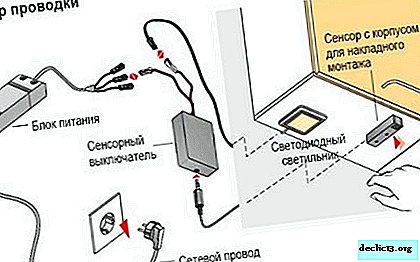
Appearance
In appearance, the internal switches differ in the number of keys (depending on how many circuits the device is used to control). They can also be equipped with built-in LEDs, which are placed in frames or keys and light up when the main light goes out. This will make it easy to detect the switch in a dark room.
The color and other properties of the external panels of the mortise mechanisms can be very different from each other. For their manufacture is most often used:
- plastic (mainly impact resistant);
- metal;
- wood;
- china;
- a rock.
Choosing a switch, you need to evaluate the overall quality of its manufacture. This can be judged by the sharpness of the lines, the smoothness of the external panel and the presence of a silver-plated contact group.
 Wooden
Wooden Metal
Metal Plastic
Plastic Porcelain
PorcelainWhere is better to place and how to fix
Mortise type furniture switches are distinguished by a relatively complicated installation option. For their installation requires a pre-prepared hole, a special mounting box, which will be mounted in this recess, and the presence of hidden wiring.
For comparison, external wiring is sufficient to install an overhead switch. However, according to many users, this option is unaesthetic, although it can minimize energy and other installation costs.
The difference in the connection scheme allows you to divide the switches into:
- single-line (installed in the wall or plane of the furniture);
- two-line (have control keys and are designed to regulate the operation of two or three load lines).
If we are talking about installing a touch switch, then you will need to perform the following steps:
- cover one of the sensor surfaces with adhesive tape;
- make a suitable recess in size in the place where the sensor will be embedded;
- stick metal foil on the surface to which the switch will be attached (this will increase the distance at which the switch will operate as necessary).
In carrying out these actions, it should be borne in mind that the surface of the material that will be located on top of the sensor must be smooth, and the switch itself must be secured tightly using adhesive tape. In addition, the touch switch cannot be mounted on a hollow surface.
The installation location of the circuit breaker is determined only by the convenience of the future owner and the compatibility of the external housing of the structure with its surrounding surface. In addition, the choice of device should be justified by the parameters and circuit diagram of the connection line.
So, for example, for the mortise sensors to work in standby mode, the voltage level should be about 2.0 - 5.5 V, and the current consumption will be about 1.5 - 3.0 mA. The exact indicators of the rated current and rated voltage required for the operation of the mechanism are indicated on the products themselves.
You also need to pay attention to the IP code, which shows how moisture the switch is. Indoor devices are IP20 marked, outdoor devices are IP55, IP65, and models with IP44 code are used in rooms with high humidity (bathrooms).
It is not difficult to select and install a mortise switch for lighting furniture, especially if the landlord knows exactly what effect he wants to achieve. Therefore, you just need to delve into the question and there is no doubt that the result will please everyone who has to use such a device.



